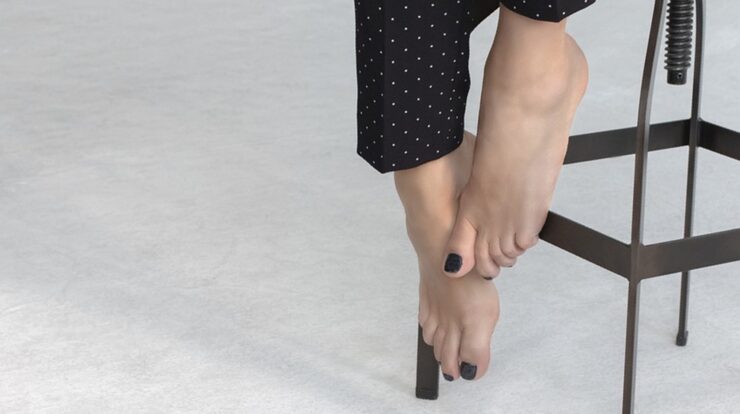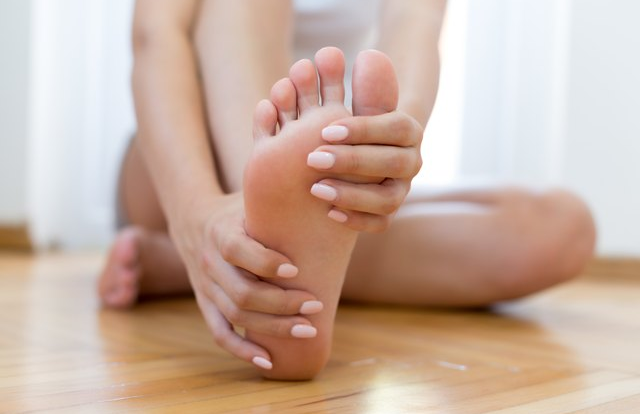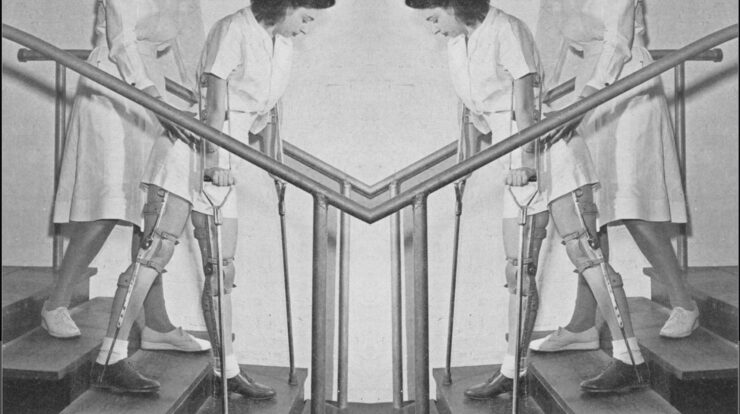
Diabetes is a common lifestyle or genetic disease that results in high blood sugar in the body. With diabetes, your body either doesn’t produce enough or doesn’t fully utilize insulin, a hormone that moves blood sugar into the cells.
Diabetic patients have a lot of health issues to manage as the condition damages the body in various ways.
It can cause damage to the nerves, eyes, kidneys, and other vital organs. Patients need to be cautious of their diet, manage their blood sugar, take medications and stay active.
Several diabetic patients do experience nerve damage that mostly affects the feet. This article highlights more on diabetic foot, what it is, its symptoms, and care for your feet.
What Is Diabetic Foot?
It is a condition that results from nerve damage, diabetic neuropathy. It causes one to lose feeling in their feet, implying that one can hardly notice a foreign object in their feet.
The condition also reduces blood flow to the feet, reducing immunity and the ability to heal an injury.
Diabetes is responsible for many cases of foot amputations across the globe for it causes non-healing wounds.
What Happens To Your Feet When You Have Diabetes?
People with diabetes are susceptible to foot problems that develop as a result of continuous high blood sugar levels.
The constantly high blood sugar level can lead to nerve damage. Another name for nerve damage is diabetic neuropathy. If you experience tingling and pain you know you are experiencing diabetic neuropathy.
Some people even lost feeling in their feet.
Losing feeling in your feet is not a good thing because it increases the chances of injury going undetected.
A small stone or pebble lodged inside your sock can lead to cuts and sores. Cuts and bruised going unnoticed will result in sores becoming infected.
Your feet may experience lower blood flow making it more difficult for sores or infection to heal. The body need oxygenated blood for sores to heal quickly.
A bad infection the never heals may lead to gangrene.
Untreated foot ulcers can develop gangrene which is the main cause of amputation of the toe, foot or parts of the leg.
Nerve damage from diabetes can lead to changes in the shape of your feet, such as Charcot’s foot.
Good foot care is very important to prevent serious infections and gangrene. Any diabetic person is at risk of developing nerve damage, there are however factors that increase the occurrence:
• Excessive weight gain
• Blood pressure
• Difficulty in managing blood sugar levels
• Prolonged high blood sugar levels
• Age- 40 years and above
• High cholesterol levels
There are two main foot conditions that diabetic patients are prone to:
1. Diabetic Neuropathy
This condition causes numbness in the feet, making it hard for one to feel any sort of sensation.
It is possible for one not to feel a blister on their foot that often leads to infected cuts and sores. It also causes tingling and pain.
With diabetic neuropathy, there is a reduced amount of blood flow to the feet making it hard for a wound or infection to heal.
In extreme cases or when a person doesn’t receive treatment for the infection, it could result in ulcers or gangrene.
Gangrene is a condition that refers to the death of body tissue due to lack of blood flow to an infected or injured area and could lead to amputation.
Peripheral neuropathy can also result in muscle weakness and minimal reflexes, particularly in the ankle.
Such affects a person’s mobility causing notable changes in walking styles and other foot abnormalities such as bunions and Charcot’s foot.
2. Peripheral Artery Disease
Diabetes causes damage to the blood vessels through inflammation or hardening of the arteries.
Fatty deposits narrow the arteries resulting in restriction of blood circulation in them and the availability of oxygen, glucose, and other essential nutrients.
When such a condition occurs in the arteries of the feet and hands, it is referred to as peripheral artery disease (PAD).
PAD is common in diabetic patients and is associated with a diabetic foot ulcer. PAD results to slow or no healing of foot ulcers.
What Are The Signs Of Diabetic Feet?
Symptoms do vary from one patient to the other. There are however common symptoms diabetic feet patients experience including:
• Numbness and painful tingling
• Skin discoloration
• Thickened and yellow toenails
• Temperature changes
• Fungus infection such as athlete’s foot
• Sores and blisters
• A gradual change in the shape of your feet
• A loss of feeling
How To Look After Your Feet If You Have Diabetes?
Diabetes is manageable, let your health care team help you develop a self-care plan that should include foot care. Here are some of the steps to guide your foot care plan.
* Check your feet regularly
The fact that nerve damage could cause numbness means that you may feel no pain in your feet and you could fail to identify issues.
Ensure therefore that you check your feet almost every day to spot problems early.
When checking, look out for issues such as cuts, sores, red spots, blisters, ingrown toenails, warms spots, athlete’s foot corns or calluses, and even warts.
* Wash your feet regularly
You must wash your feet with soap and warm water at least once a day. Soaking your feet is not a recommendation as your skin tends to get too dry.
After a good wash, dry them and apply talcum powder between your toes. The powder is important as it absorbs moisture between your toes keeping them dry.
* Regularly trim your toenails
After you wash and dry your feet, the next step is trimming your toenails. Be sure to trim them straight across using a toenail clipper to prevent cuts to your skin and ingrown toenails.
Be sure to seek help from a health worker if your toenails are yellowed or thick and when you have ingrown nails.
For individuals that prefer to get a pedicure, be cautious of the tools used. You should consider carrying your nail tools to avoid the risks of infections.
* Frequent foot check-ups
You must have your feet checked up regularly by a health professional. Each time you have your appointments, ask your health care provider to check your feet.
If you notice changes in the shape of your feet, experience numbness or have previously had foot ulcers, ensure that you get a full foot examination.
* Protect your feet from extreme temperatures
If you suffer from nerve damage, there is a possibility of you burning your feet unknowingly. You should therefore take precautionary measures.
For example, be sure to apply sunscreen, put on shoes on pavements and at the beach, and avoid open fires and heaters.
* Encourage blood flow to your feet
Here are some of the tips to improve blood flow to your feet:
1. Avoid tight socks or elastic stockings
2. Raise your feet anytime you are sitting
3. Physical activities involving your feet such as walking, dancing, and swimming
4. Avoid smoking as it restricts blood flow to your feet.
* Take care of your diabetes
Be sure to keep your blood sugar levels under control.
Conclusion
Diabetic foot can turn into a chronic condition when not taken care of at early stages. If you have a diabetic foot, be sure to always consult your doctor and take good care of your feet.






